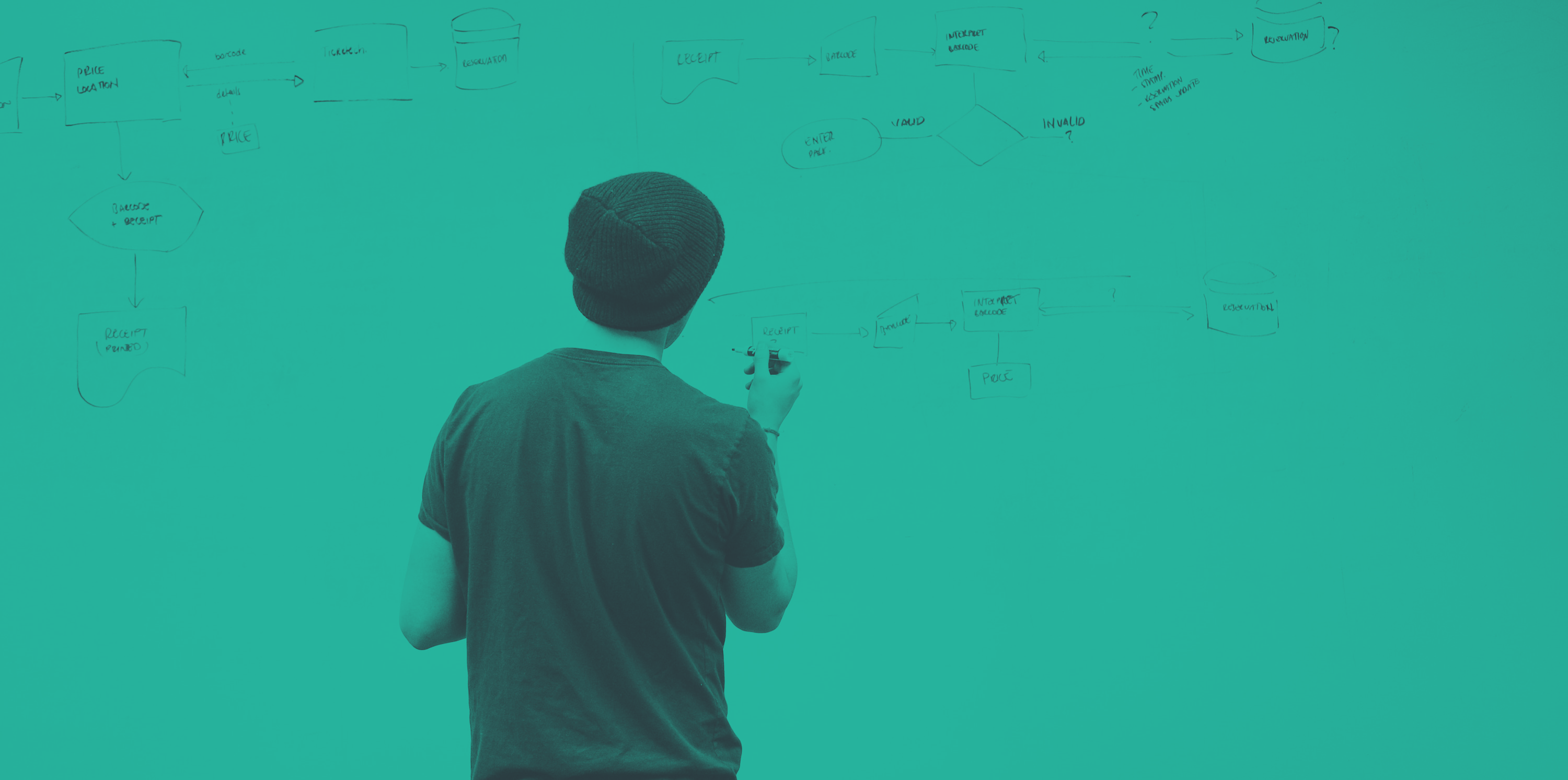The results of international PISA assessments always generate diverse and sometimes controversial interpretations. In 2018, assessing the reading comprehension skills of 15-year-old students was a priority Catalonia’s average score (484) in this skill is lower than the EU one (489) and the OECD (487) but higher than that of the Spanish (477). Taking the trend of the previous editions into account – PISA 2009, PISA 2012 and PISA 2015- the scores for this competence had remained remarkably stable at values close to 500 points and with a varied range of about 3 points. Thus, the drop of 16 points in this edition compared to the last one in 2015 is striking in most countries (specifically the OECD countries lose 6 points) and the Spanish average drops by 19 points. Another not minor detail is that Catalonia has 20.5% of students in the low proficiency level, Spain 23.2%, the EU 21.6% and the OECD as a whole 22.7%.
These evaluation reports help us to study the relationship between academic performance and socio-demographic, social, economic and educational variables. However, they are therefore indicators that need to be contextualised and interpreted with caution. In any case, we can affirm that the origin of the students, the level of education of their parents or the socio-economic and cultural index, to name but a few, are relevant factors that educators and educational administrators should not ignore. It is important to note that the linguistic model used by PISA for its tests is a functional rather than a grammatical-traditional one. Therefore, the starting point is the text rather than the sentence. This should be born in mind because the teaching model chosen by language teachers and the type of assessment they use may influence the results obtained and the type of learning that predominates.
Why is reading comprehension essential?
Reading comprehension is the skill that enables us to grasp what we read, whether we are referring to literal comprehension or whether it is necessary to infer meanings in a figurative sense or outside the immediate context. Getting this process right should make it possible for us to discover the structure of the text, to see how the ideas are linked, distinguishing the main ideas from those that are secondary or incidental. Understanding the author’s intention will also be necessary; we can interpret it, although this is not always possible.
There is now strong evidence that a good command of reading comprehension skills is a prerequisite for success in the areas and subjects of the education system. The mastery of skills including finding, selecting, interpreting, integrating and evaluating information from all types of texts is a determining factor.
There is now strong evidence that a good command of reading comprehension skills is a prerequisite for success in the areas and subjects of the education system

Too often, we have perhaps given priority to “training” the speed at which we read; remember that the usual reading rate is 240 words per minute. However, if we are interested in readers having a good understanding of texts, it is better to look at reading fluency and decoding. That is the ability to glide over the words with a certain degree of automatism to free up the working memory and thus understand what we are reading. This type of reading is what should be worked on in the classroom. Let us not forget that reading consists of several components: phonology and phonetics, fluency, vocabulary and comprehension. All of them have their weight in the overall result. Let us also bear in mind that reading regularly influences reading comprehension and the acquisition of new vocabulary, which has a lot to do with learning the different curricular subjects.

Reading regularly influences reading comprehension and the acquisition of new vocabulary, which has a lot to do with learning the different curricular subjects
The teacher Cristina Zuriaga in her proposal Living Library Project advocates a school library that functions as a driving force for transformation and learning in all areas, thus contributing, as the evidence confirms, to the improvement of reading comprehension.
Juan G. Fernández, in a blog post, states: “Reading fluency is easy to describe when we listen to our students reading aloud in class. Fluency also allows us to include elements of intonation, volume and pause that fit in with what is being read”. To assess this aspect, he proposes the following rubric:

Understand what we read
The results of the TIMMS -2019 report (an international assessment study on mathematics and science conducted on children in the 4th grade of primary school) show that school failure in non-language areas is very closely connected to reading comprehension. “Reading comprehension of a text occurs due to the reading skills used. Once the decoding process is automated, comprehension takes place according to each reader’s skills: attention, memory and inference come into play. Every dimension must be attended to and trained in a school context and even in a family context”, says María Isabel de Vicente Yagüe Jara. She provides the keys to improving reading comprehension in her presentation at the International Congress on Reading Comprehension for Children and Young People (CICLIP) She starts from the fact that international assessments focus on retrieving information (a memory process), understanding in a general way and interpreting, supported by attention, and reflecting and evaluating, understood as inference.
Teachers must consider all these aspects because, depending on the methodology, understanding the offered content in class will be more or less meaningful. For example, suppose a teacher assumes that all students unequivocally understand the specific vocabulary of their teaching subject. In that case, they will make progress in the didactic unit, but some students may fall behind due to a lack of understanding of the concepts. Mathematical terminology is not the same as scientific vocabulary or the vocabulary of the human sciences. Care must be taken to ensure that words are contextualised and that the most appropriate meaning is chosen if we want to ensure that everyone makes an accurate and proper interpretation of the meaning of the words.
Classroom ideas
We find Juan Cruz Ripoll’s keys for the classroom very illustrative. Synthetically, they are as follows:
- Try to work on various aspects of reading: decoding, vocabulary, inferences, text structure, strategies, motivation.
- In the early grades, learn decoding systematically Attention should be paid to students who show low reading accuracy or fluency at later stages.
- To improve inferential skills, it is necessary to teach comprehension procedures, tools or strategies.
- Teaching strategies is not the same as asking students to use strategies. Motivation is important.
- Role model. Verbalising your thoughts aloud is the best example students can have of what a skilled reader does to go deeper into texts.
Reading comprehension and new formats: a challenge for families
The evolution of the media available for the transmission of texts in our digitalised world offers us as many new opportunities as it does all kinds of headaches. Some authors are convinced that we understand texts worse when we read in digital format than on paper. However, this is not the most worrying problem. Schools have TAC (Technologies for Learning and Knowledge) plans to work on the digital competencies of their pupils. And this is how it should be done. But how can families deal with this challenge in an appropriate way? How can they help their children to read and understand what they read when they face texts with external links, as in this article?
The evolution of the media available for the transmission of texts in our digitalised world offers us as many new opportunities as it does all kinds of headaches

Some ideas that may be useful are as follows:
- Let’s try to protect a regular space of time from dedicating to reading for pleasure.
- We can reduce dispersion by reading on paper or through digital readers not necessarily connected to the Internet.
- Let us be open to the questions our children ask us when reading: they are opportunities to improve their reading comprehension.
- It will be good to show children that the mobile phone is a multi-faceted tool and that we can use it intelligently and not dependently if we try.
- Encourage children to reread that piece of text that has not been correctly understood. It is essential when studying because the understanding of the argument or content that follows is at stake.
I am not saying anything new when I say that the best motivational strategy is to start with ourselves. It is not everything, but the adult example is a significant factor in stimulating the pleasure of reading. Children are very interested in learning new knowledge and constantly ask questions about everything that catches their attention when young. We have at home an opportunity to broaden their vocabulary and help them understand what they read. Even reading a story opens the door to the indirect, natural work of reading and the corresponding comprehension of the read text.
References
Departament d’Educació (2020): Quaderns d’avaluació. 47. PISA 2018. Síntesi de resultats de la comprensió lectora. Consult it here.
MECFP (2020): PISA 2018. Resultados de lectura en España. Consult it here.
CRG: una visión científica de la lectura. https://investigaciondocente.com/2021/10/09/crg-una-vision-cientifica-de-la-lectura/ [consultation: 09-02-2022]
María Isabel de Vicente-Yagüe (2021): Claves para mejorar la comprensión lectora. https://youtu.be/y7YBy5hYEJc [consultation: 09-02-2022]
Juan Cruz Ripoll (2021): Componentes clave para trabajar la comprensión lectora. https://www.fecyt.es/es/FECYTedu/que-trabajar-para-mejorar-la-comprension-lectora [consultation: 09-02-2022]
You might also like







